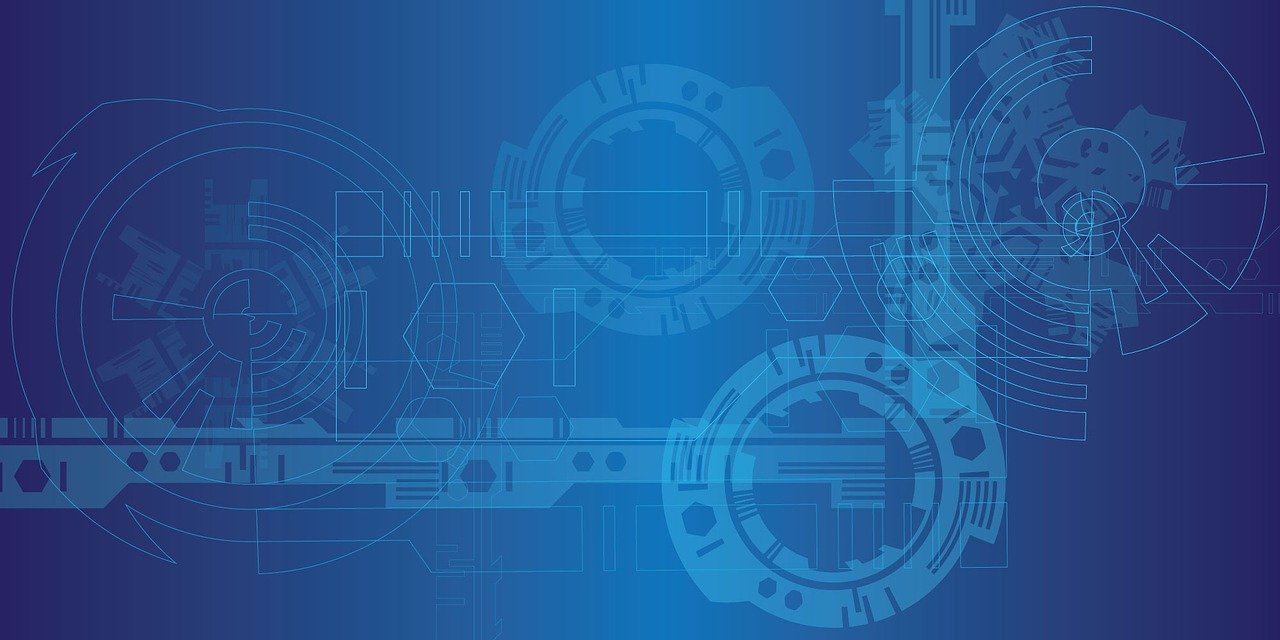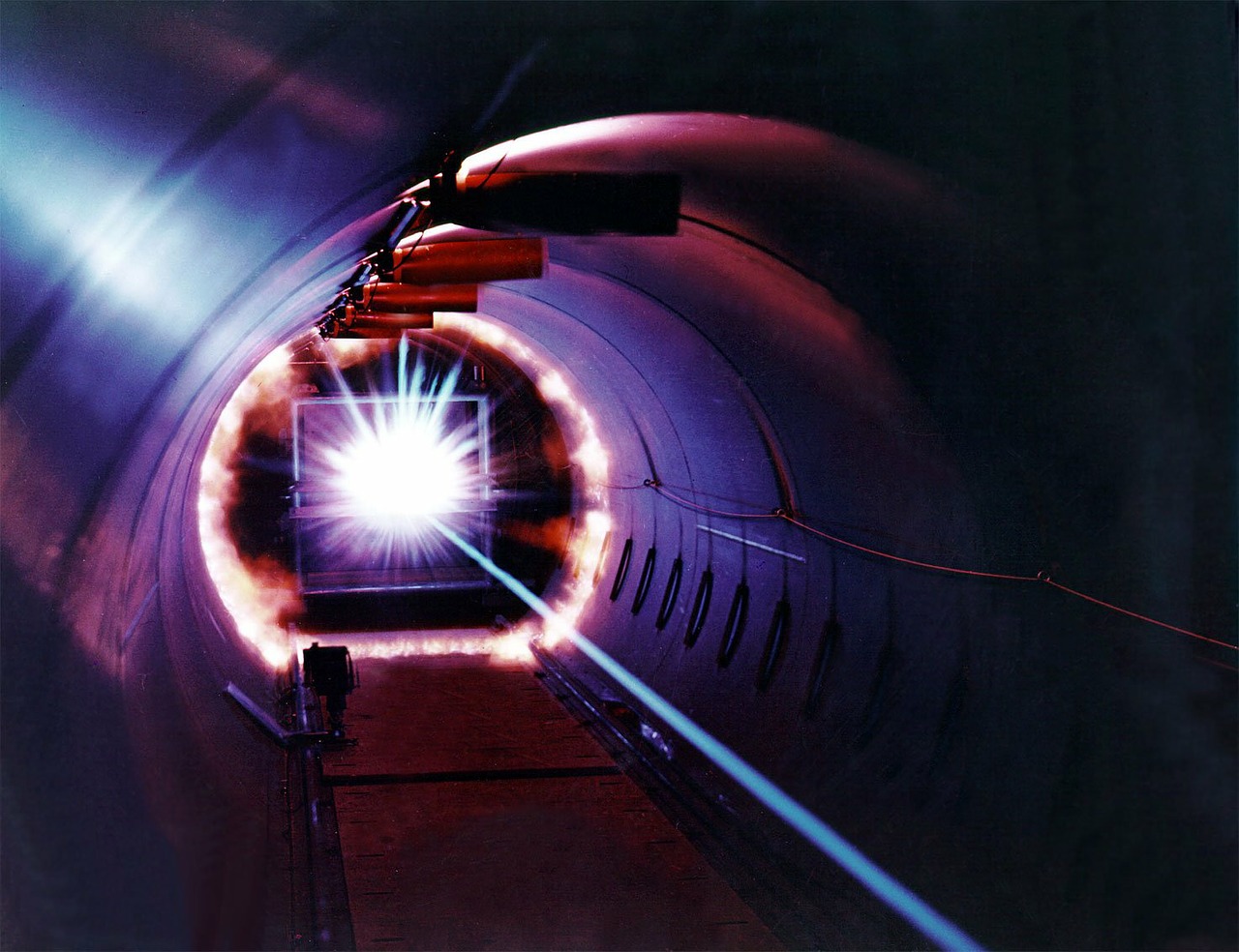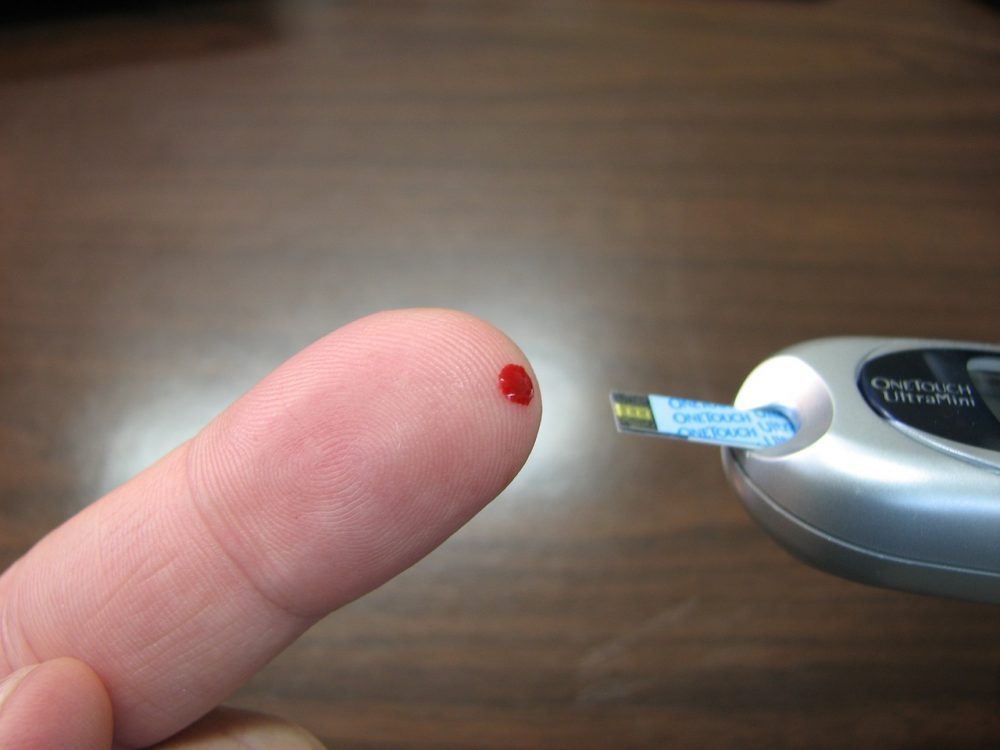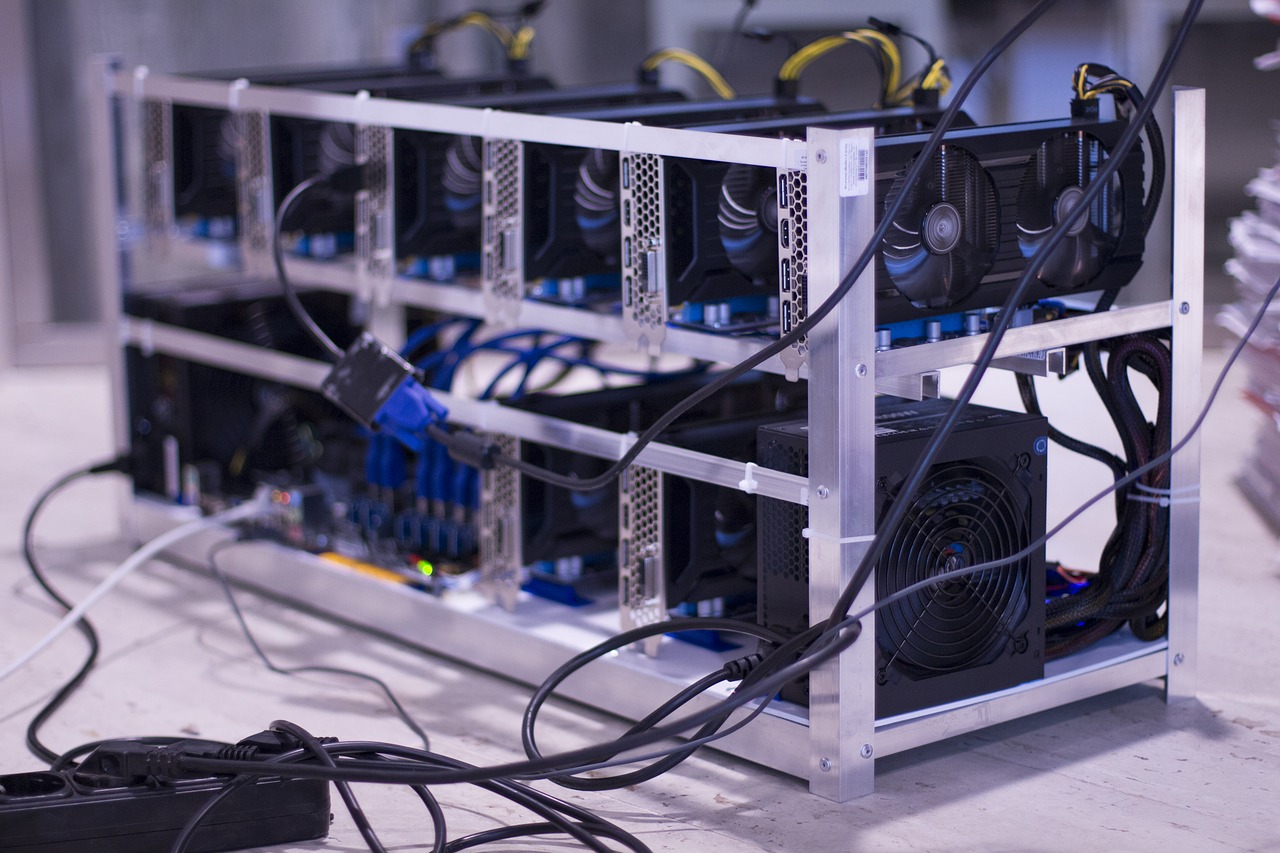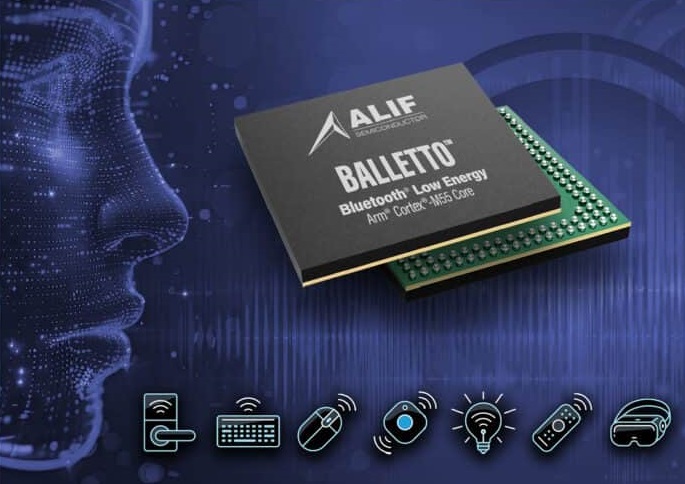Keeping up with demands from consumers and businesses is presenting unprecedented challenges for manufacturers. The only way they can do so is to innovate and go digital. Just as remote working has pushed many companies to implement a VoIP telephone service, the manufacturing industry has had to adapt in order to stay profitable.
The ‘digital twins’ concept within the IoT (Internet of Things) is a standout trend. Not least because digital twins can reduce operating costs and extend the life of equipment and assets.
While not a new concept, digital twins can now be applied throughout the entire product lifecycle. They are a top strategic trend for manufacturers because of their ability to enable disruptive technological solutions. Which is why, according to recent research, they’re predicted to be worth $26.7 billion by 2025.
Before moving on to the ways digital twins are creating a remote future, let’s outline what we mean by a ‘digital twin’.
What is a digital twin?
A digital twin features IoT sensors that enable it to receive uninterrupted, real-time data from the object it represents. This one-to-one communication makes it possible to monitor the object virtually.
Digital twins improve situational awareness and allow manufacturers to test scenarios in order to improve the performance of their assets – as well as anticipate potential faults.
They’re used to manage performance and effectiveness of fixed assets such as machines, lines and plants. They also offer huge potential for manufacturers when it comes to engineering, production, and custom design. The technology is also enabling manufacturers to set up remote teams to deal with inspections, track status, and troubleshoot problems without any need to physically check equipment.
Let’s cover some of these assets and production processes in more detail:
Engineering
In engineering, digital twins have traditionally been used in design and enhancement of new products. In this example, the digital twin can exist before the physical product. That allows a manufacturer to visualize and test the product pre-production.
With the advent of the IoT, it’s now also possible to capture data from products that are already deployed – and apply them to the digital twin to allow for continual improvement.
Design customization
Digital twins can enable the design and building of models according to custom specifications. Digital twins facilitate the integration of usage data to enhance customization. This allows manufacturers to keep up with the rising demand for customized products.
Being able to capture customer preferences in the digital twin will also allow manufacturers to build an accurate picture of demand trends. By gathering customer usage data they will be better able to understand how custom configurations affect the performance of products.
Personalization and convenience
Being able to offer customers extra layers of personalization is key to the success of businesses. It’s why so many companies implement a chatbot app that can interact with customers in real time in the customer support niche, for instance. In the same way, digital twins are arming manufacturers with information to help them identify the most reliable personalized options to offer to customers.
On another important note, all digital twins allow businesses to visualize ‘lightweight’ representations of products without having to deal with onerous heavyweight design systems.
Production
Operations enhancement using digital twins involves:
- Creating a virtual representation of an asset using lightweight model visualization
- Capturing data from virtual sensors within the asset to provide a clear picture of real-world performance under operating conditions.
It’s also possible to simulate a real-world environment to boost the effectiveness of predictive maintenance.
Manufacturers can gather data on factors like speed, operating temperatures, humidity, and other metrics to analyze product performance. Then, they ensure they schedule maintenance checks before parts are predicted to break or lose performance.
This should optimize uptime and minimize the cost of repairs. This will be illustrated when it’s time to calculate your profit margin, as a tangible increase in ROI.
Next steps for digital twin applications
Digital twins look set to facilitate more and more business models, and play an even bigger role in the IoT. Just as home working is becoming the norm for employees thanks to cloud-based phone systems for small business, digital twins are enabling manufacturers to work more effectively using remote technology.
Digital twins have revolutionized the way businesses work across the globe. Digital twin technology has now been implemented across all sectors of the manufacturing industry from vehicle production to construction – as well as in the oil and gas sectors.
Digital twins are enabling manufacturers to allow more employees to network and work remotely. For instance, workers can now carry out remote inspections and surveys. Using the new technologies they can initiate and schedule work remotely to deal with any operational downtimes.
Author Bio: John Allen from RingCentral US
John Allen, Director, Global SEO at RingCentral, a global UCaaS, VoIP and contact center software provider. He has over 14 years of experience and an extensive background in building and optimizing digital marketing programs. He has written for websites such as Sendinblue.com and Pandadoc.com.

